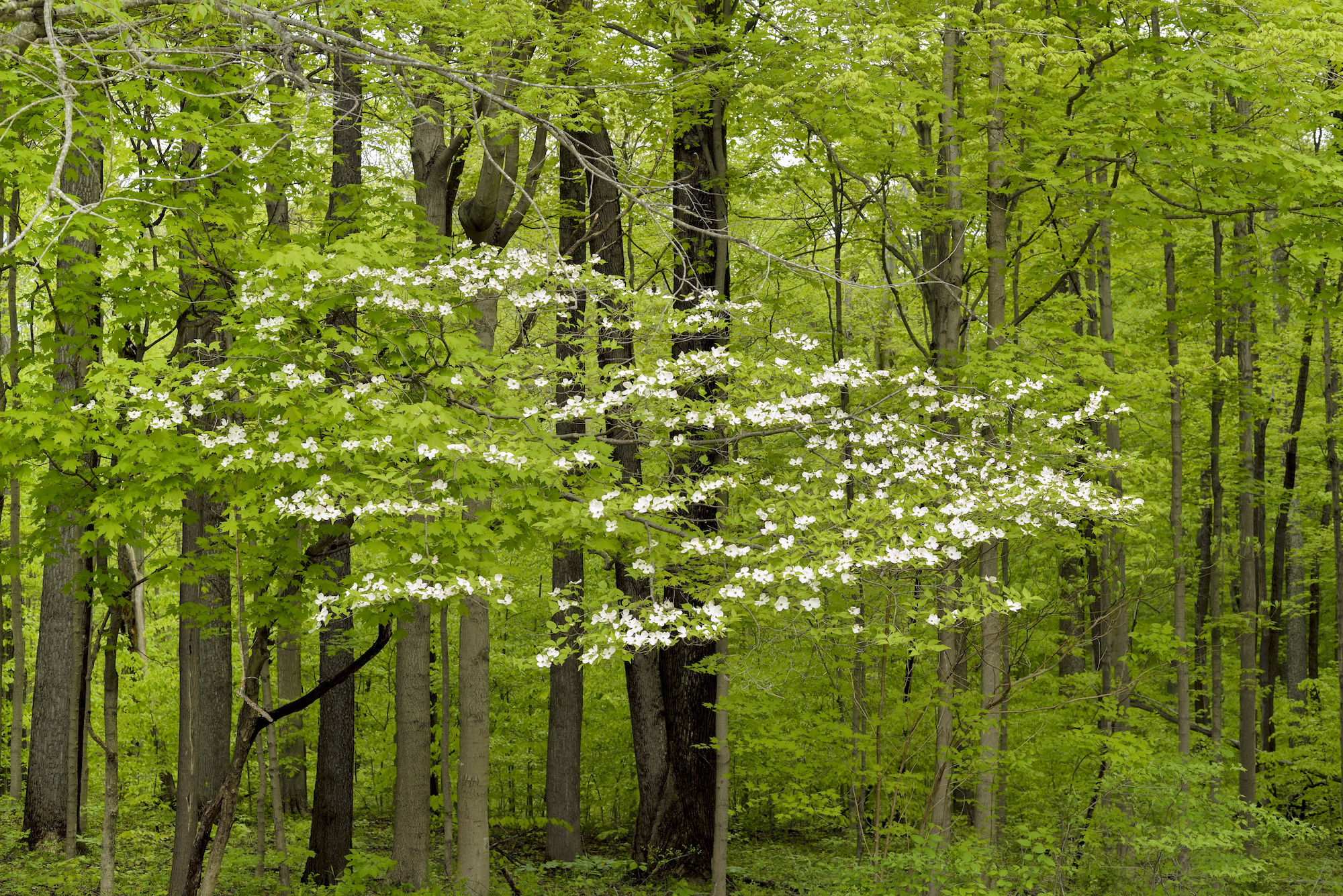
Also receive the Almanac Daily newsletter including gardening tips, weather, astronomical events, and more.
Planting, Growing, and Pruning Dogwoods
ADVERTISEMENT
What kind of dogwood has bright red leaves in fall?
Hi Nancy,
There are many dogwood varieties that have beautiful red foliage in the fall. Some are more red, while others are more burgundy and purple. Flowering dogwood, Kousa dogwood, and common dogwood are some of the more well-known varieties that offer red foliage in the fall, but pagoda dogwood and gray dogwood are also good choices. It is important, since growing zones vary for varieties, to make sure that is acceptable to plant a specific variety in your area. Another dogwood, redtwig, is also worth checking out as it has vivid red stems in winter and adds a wonderful pop of color at a time when we could all use some.
Hope this helps!
My Dogwood tree bloomed sparsely only once since planted more than 5 years ago. It has not bloomed since, and I wonder why. It is in a perfect place for an understory tree. We have big oak trees, walnut, etc. and a creek nearby. I water it in the summer whenever I water the flower garden and had fed it with compost. There are 2 Dogwood trees (pink and white) of my neighbors but they are on opposite end of the backyard. Do they need cross pollination from a similar tree? What causes it to not bloom? I'd appreciate any feedback. Thank you.
Hi Elvira,
Sorry to hear about your dogwood not flowering. Dogwoods typically grow at the edge of forests, so they spend half the day in the Sun and the other half in shade, but from your description it sounds like those are the conditions your dogwood is growing in.
If your dogwood is planted close to your lawn, which you then use fertilizers on, it could be an issue with too much nitrogen. Nitrogen is great for leaf growth, but it can cause your dogwood to not flower. If that is the case, stop using lawn fertilizer in that area of your lawn, opting instead to use a balanced fertilizer.
Drought or poor drainage can also be a factor, but since you said that you water it when you care for your flowers it might be receiving too much water. Water logged roots can adversely affect a dogwood’s growth. It is best to give it about 1 inch a week (including rainfall) for its first half dozen years.
It should also be mentioned that pruning a dogwood should only be done immediately after bloom time because pruning later in the season can remove immature buds.
And, it could also be an issue with disease or environmental stressors leading to your dogwood not blooming.
Hope this helps!
Dogwoods look lovely in woods or forests~












